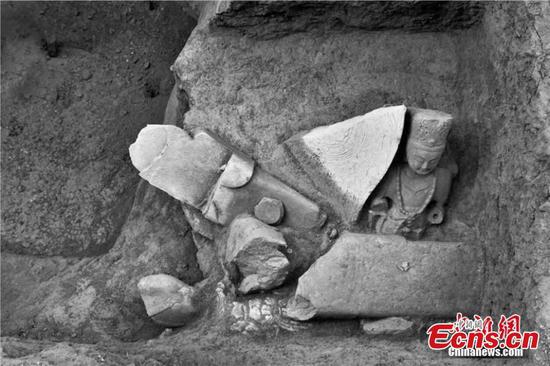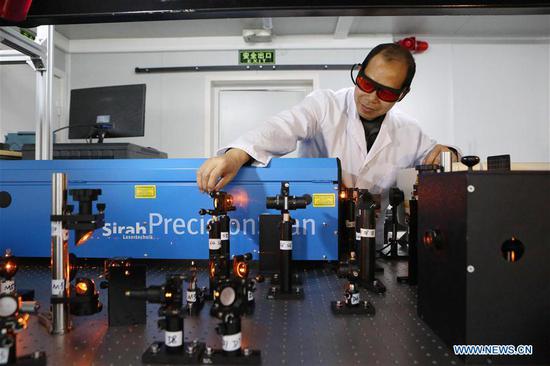Capturing carbon dioxide at power plants is a promising way to reduce carbon emission and fight global warming, but the energy industry has been reluctant to use it due to cost and footprint.
The study to be presented in an annual meeting of the Society of Mining, Metallurgy and Exploration in Denver, which starts on Monday, reported a new carbon dioxide scrubber that can extract carbon dioxide cost-effectively and then convert it into oxalic acid, a naturally occurring chemical in many foods.
Oxalic acid can be used to leach rare earth elements from ore bodies and the rare earths are used in electronics such as cell phones, according to a press release of Michigan Technological University.
With this technology, rare earth elements can be profitably extracted in the United States, rendering an export replacement. Now, China produces at least 90 percent of the rare earths in the world, according to the researchers.
They installed the pilot scrubber at the Michigan Tech steam plant, pumping the soda ash solution into the top of a scrubbing column with the flue gas bubbled up through the column.
As the flue gas moves toward the top, the soda ash removes much of the carbon dioxide from the gas.
The scrubber brought the emissions down to 4 percent and their goal is to reduce it below 2 percent, according to S. Komar Kawatra at Michigan Tech, who led the study.
The soda ash that Kawatra's team is using cost 200 U.S. dollars per ton, 100 times cheaper than the usual method of carbon removing by amines, according to the study.
Then they produce oxalic acid from carbon dioxide at a lab scale.
"I don't think sequestering it in the ground is a good idea," said John Simmons, chairman of Carbontec Energy in North Dakota who supported the study. "We have to find a way to utilize it commercially."


















































